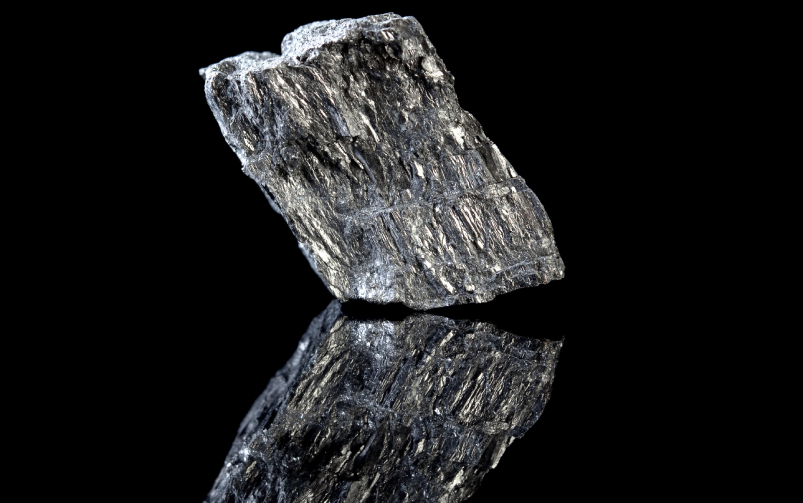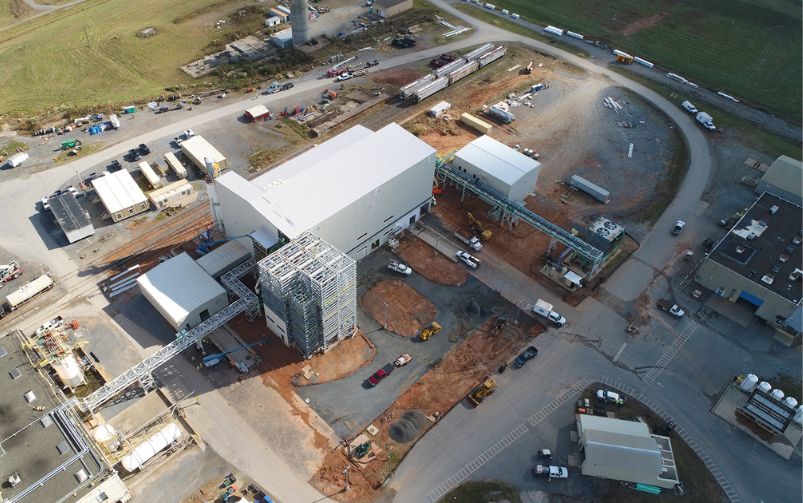Minister of Finance and Deputy Prime Minister Chrystia Freeland speaks with reporters after delivering the 2023 federal budget. Courtesy of CPAC
The latest federal budget shows the government seeking to push Canada closer to a net-zero economy, introducing new targeted tax credits and new investment to help drive the transition to renewable energy and promote the development of clean technologies, with the mining industry poised to reap the benefits.
In her speech to the House of Commons on March 28, Minister of Finance and Deputy Prime Minister Chrystia Freeland emphasized Canada’s importance to the global energy transition.
“We are going to make Canada a reliable supplier of clean energy to the world, and, from critical minerals to electric vehicles, we are going to ensure that Canadian workers mine, and process, and build, and sell the goods and the resources that our allies need,” she said, noting that the country has free trade deals with countries that represent two-thirds of the global economy.
Budget 2023 introduced a refundable tax credit of up to 30 per cent of the cost of investment in new machinery and equipment for extraction, processing and recycling of lithium, cobalt, nickel, graphite, copper and rare earth elements, which was lauded by both the Mining Association of Canada and the Prospectors and Developers Association of Canada.
The new tax credit follows the introduction of the federal Critical Minerals Strategy in December and the March 24th launch of the Critical Minerals Infrastructure Fund, which will allocate $1.5 billion for energy and transportation projects to be used in critical minerals operations.
Photinie Koutsavlis, MAC’s vice-president of economic affairs and climate change, called the new tax credit a “silver bullet” and said it will help keep Canada as a competitive market for investment. While she said investments from the Critical Minerals Strategy, last year’s budget and the fall economic statement spurred a lot of mineral exploration, there was previously a gap in terms of incentives and support for the upstream part of the mineral value chain, such as the mining and mineral processing sectors.
“We’re very pleased with that tax credit. We think it helps level the playing field a little bit with the incentives and investments that the U.S. has made with the Inflation Reduction Act, and in ensuring that the investment attractiveness of the U.S. doesn’t pull potential investors [away from] Canada,” Koutsavlis said. “I think this tax incentive will definitely be attractive to proponents but also to investors.”
Budget 2023 also proposed an additional $500 million for the government’s Strategic Innovation Fund (SIF) over the next 10 years towards the development of clean technologies. It will also direct $1.5 billion of the fund’s existing resources towards projects in clean technology, critical minerals and industrial transformation. The SIF, founded in 2018, has invested $6.9 billion in 107 projects across numerous sectors.
Clean energy and clean fuel were priorities for the federal government as well. The announcement of a 15 per cent refundable tax credit for investments in non-carbon dioxide emitting energy systems, including solar photovoltaic, wind and small modular nuclear reactors, could see significant benefits for remote operations opting to use alternatives to fossil fuels at their sites. Additional details were also announced on the implementation of the Clean Hydrogen Investment Tax Credit, first announced in the 2022 fall economic statement. The tax credit will cover between 15 and 40 per cent of eligible costs for clean hydrogen projects, which can be used to fuel large haul trucks.
The federal government also turned its eye towards the impact assessment process which it said is not approving projects in an efficient manner.
“Building Canada’s clean economy will require significant and sustained private sector investment in clean electricity, critical minerals and other major projects,” the budget read. “Ensuring the timely completion of these projects is essential – it should not take 12 years to open a critical minerals mine.”
The budget promised to release a plan to improve the efficiency of the process, which includes clarifying timelines, reducing inefficiencies and improving the engagement process. The promise builds on several federal investments over the past year to streamline impact assessments, including $1.3 billion over six years to the Impact Assessment Agency and other federal agencies.
Additionally, $11.4 million will be provided over three years to Crown-Indigenous Relations and Northern Affairs Canada to engage with Indigenous communities and update the federal guidelines on Indigenous consultation, in support of the implementation of the United Nations Declaration on the Rights of Indigenous Peoples Act. As well, $19.4 million over five years will be invested in increasing the participation of Indigenous Peoples and northerners in environmental and regulatory assessments of major projects, and $1.6 million will be put towards increasing federal participation in these assessments and consultation with Indigenous communities.
Jeff Killeen, the Prospectors and Developers Association of Canada’s director of policy and programs, said these announcements will be beneficial for building positive relationships between the mining industry and First Nations.
“Prospective lands are an essential part of making new discoveries and building up our critical mineral supply chain,” Killeen said. “Seeing that new funding for supports around Indigenous participation and also [being] able to make smart decisions around conservation I think is a positive. Because we know that that’s one part of our industry ecosystem that can help us improve, make decisions more quickly and see more mines built in Canada.




